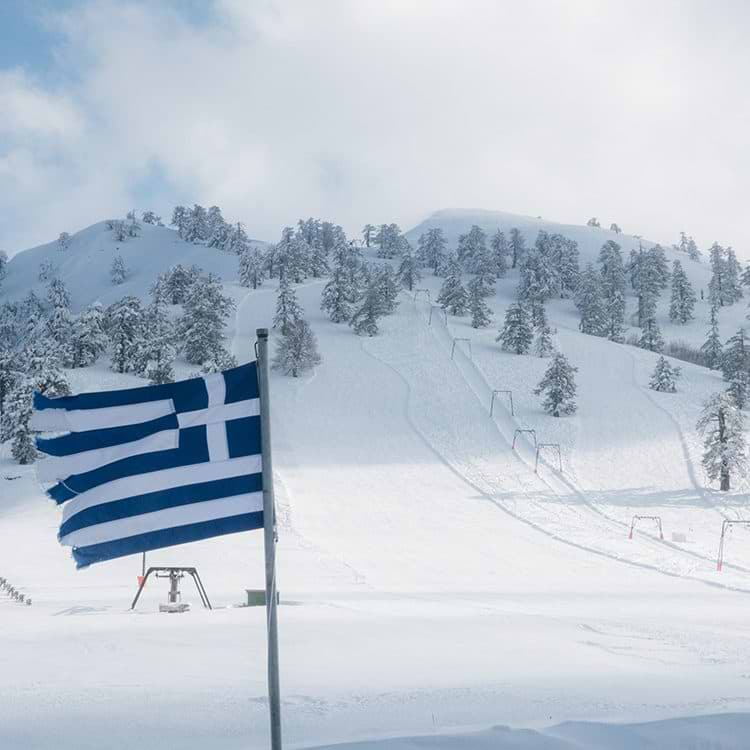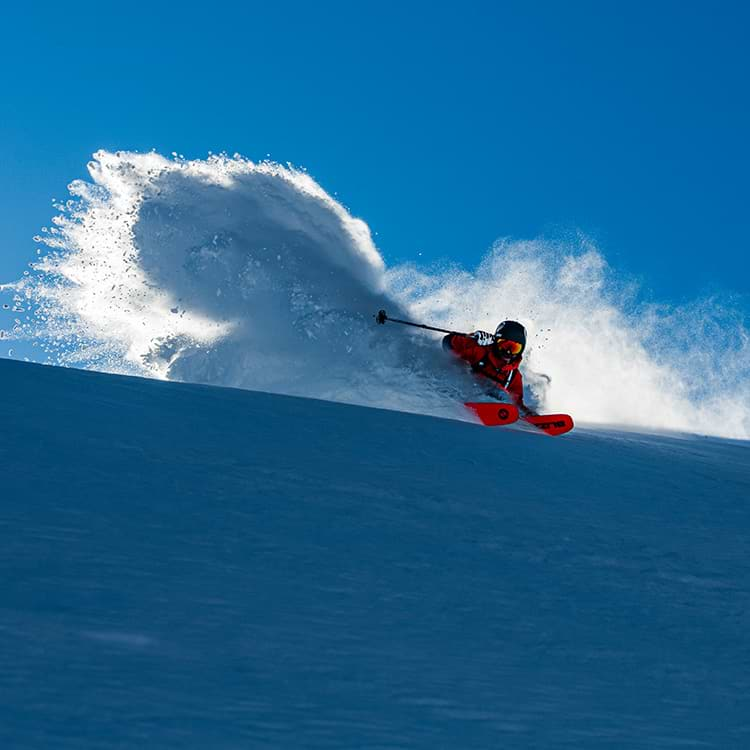Memories from my teenage trips to Swedish Lapland flicker past the compartment window as the train rushes north.
As a teen, I travelled like a yo-yo between my childhood home in the south and Riksgrsänsen, a tiny ski resort on the Swedish-Norwegian border. I grew to love the mountains in the country’s northernmost region, shaping my professional and personal life.
Now I am en route back to my old stomping grounds, and it feels extra special as I now live in British Columbia, Canada. I’m in Sweden for a summer holiday and eager to visit some of my favourite mountains.
A few hours later, we pass Kiruna, an important mining town in Swedish Lapland. Most passengers leave the train; judging by their outfits, they are en route to a hiking vacation.
The sun is out when the train arrives at Björkliden, another hour west on the Ofoten Railway. I quickly check in at the hotel, change into shorts, lace up my running shoes and head out for a run.
For a long time, trail running in Swedish Lapland was synonymous with numbered bibs, competitions, and high-performing athletes — usually with lightweight tents tucked into their backpacks and GPS watches to monitor every move. In the mid-90s, the first mountain marathon was held in Björkliden. Over its 25-year history, organizers have refined the concept based on famous foreign adventure races. Thousands of people have participated; interest is still growing, and attention has established mountain trail running as a popular sport in Sweden. In recent years, the event has seen a paradigm shift — attracting more trail runners who want the experience but are not remotely interested in competition.
Few places in Sweden provide as quick access to the alpine as Björkliden. Trails start right outside the only hotel at the resort, and after only a few minutes, it feels like you have been swallowed by nature. I follow the path next to a cascading river, and after a short stretch among typical twisted Swedish mountain birches, I pass the tree line. The trail continues upward beside a loud waterfall and eventually leads me to a plateau. The trails are dry, and stretching the legs after the long train journey feels lovely. Soon it gets steeper, but the good weather and the beautiful setting energize me, so I keep climbing.
After a few hundred meters, the trail flattens out, and I take a well-deserved break on a smooth granite slab. The view over Torneträsk is stunning — Scandinavia’s most prominent mountain lake almost feels like an ocean from here. A bit to the right is Tjuonavagge, the mighty U-shaped valley known as the gateway to Swedish Lapland. A rainy summer has contributed to an intensely fluorescent, Kermit-green landscape and striking contrasts. I sit here for a while and enjoy. For me, time in the mountains is about relaxation and reflection. It’s meditation — the outside version.
For the next few days, I ran mile after mile with my friends Malou and David, two professional freeskiers and avid trail runners in the summertime. The weather was perfect as we enjoyed the last days of summer; mostly sunny, with no precipitation and in the double-digits (Celsius). Some days, we woke up to fresh snow on the mountain tops, but snowfall is rare further down in the valleys in late August, even at the 67th parallel — three hours north of the Arctic Circle. The good thing about the cooler temps was that the mosquitoes were long gone; they can be horrendous in the Arctic.
One day we ran up to Låktatjåkko Mountain Lodge, Sweden’s highest mountain hut at 1 228 meters above sea level. This is a classic spot for ski touring guests in the winter and hikers in the summer, but nowadays, it also attracts trail runners and mountain bikers. The hut is famous for delicious waffles — a good incentive for anyone who wants to visit this remote spot. The hut is well-appointed, sleeps 18 people, serves a fantastic three-meal course every evening, and hosts Sweden’s highest elevation bar. There is also a sauna and a living room with an imposing fireplace. Most importantly, the hut has a very cozy atmosphere, and it’s easy to feel at home. We enjoyed our short rest to the fullest.
It was well after 8 p.m. when we began our descent to the valley, but it was still very bright. The midnight sun is natural at this latitude —between late May and mid-July, the sun never sets; even now, in late August, the days are very long.
In the middle of the week, we decided to check out Rissájávri (also known as Trollsjön), Sweden’s clearest lake. After a slow climb, we reached a horseshoe-shaped valley nestled between spectacular mountains, a trace of the last ice age more than 10 000 years ago. The Sámi name for the area is Geargevággi, which means “stone valley,” and the name is no joke; there are stones everywhere! We weaved through thousands of big rocks and massive boulders, many of them as big as semi-trucks, randomly scattered on the lush meadows.
Some call the northern part of Lapland “Europe’s last wilderness.” It certainly has that feel, mainly because it is so remote and sparsely populated. But it’s important to note that this is the land of the Sámi — indigenous people who have lived a nomadic life here for thousands of years. The spectacular nature of Lapland may appear untouched, but the Sámi know it so well that they have names for every valley and every mountain peak.
Abisko National Park, one of Sweden’s first national parks established in 1909, has 6 000-year-old catch pits and ancient remains left by the Sámi — peripatetic, living in tents or simple cabins and moving with their reindeer. Their culture didn’t build massive palaces, roads, or cities. They were initially hunters, but in the 17th century, they turned to the domestication and herding of reindeer. As the reindeer naturally moved across the land, the Sámi followed, leaving nothing more than footprints but creating the myriad of trails that have endured and we enjoy today for running, hiking and mountain biking.
Shortly after our outing to Geargevággi, we arrived at Niehku Mountain Villa, a world-famous designer hotel in Riksgränsen, a stone’s throw from the Swedish-Norwegian border. Niehku means “dream” in Sámi. The hotel incorporates the ruins of an old locomotive depot as innovative and unique architectural features of both the exterior and interior design. No wonder UNESCO awarded Niehku with the Prix Versailles in 2019 for the best hotel interior design.
Head chef Ragnar Martinsson works with local produce, inspired by the region’s old food culture but with his creative mind adding a unique culinary style. After preparing the food in the open kitchen, he walked to our table and presented the reindeer tartar with herbs and flowers, handpicked on the mountain just above the villa.
Years ago, New Nordic Cuisine became a global trend. Suddenly, it became popular to smoke, preserve and dry food; use fresh produce from local hunters and farmers; and pick wild berries, tasty flowers, and natural herbs — the same philosophy underlined everyday cooking in Lapland for thousands of years. Local, minimalistic, and typical of the Arctic. Precisely what Niehku’s kitchen represents.
The sun’s last rays found their way through the restaurant’s large windows as we enjoyed dinner. It was our last evening in Swedish Lapland, and we could not ask for a better way to wrap up our trip. Our muscles might have been worn out, but our taste buds had nothing to complain about.


















































